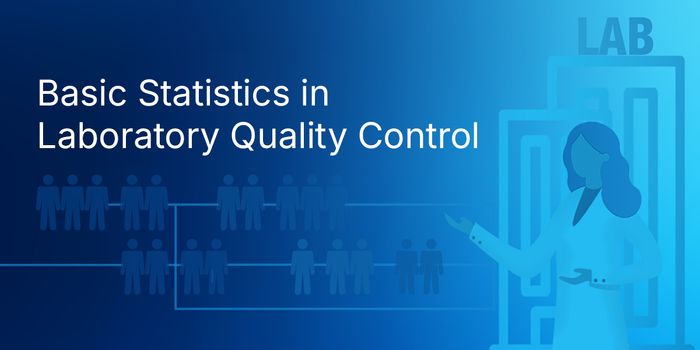The Three Common Herbs Combating High Blood Pressure: Molecular Mechanism Revealed
Hypertension or high blood pressure is a severe health condition. According to the Centers for Disease Control and Prevention, about 1 of 3 U.S. adults—or about 75 million people—have high blood pressure. Many young people, too, are diagnosed with high blood pressure. High blood pressure patients are at a high risk of developing cardiovascular disease and stroke, leading to death.
Dietary and lifestyle changes help in lowering blood pressure, but medications are more effective. Conventional blood pressure medications or anti-hypertensives have several side effects.
Why are herbs considered more effective than conventional antihypertensive therapy?
The drawbacks of using antihypertensive medications are:
- higher costs of antihypertensive drugs
- not readily available and accessible
- the undesired side effects the drugs, and
- the reduced patient compliance to consuming more than a pill per day
The medical researchers are, therefore, making serious efforts towards identifying local plants with high blood pressure reducing therapeutic values. The researchers from the University of California, Irvine (UCI), US, identified a group of plants used in treatment for hypertension since ancient times.
"Lavandula angustifolia, commonly called lavender, was among those studied. We discovered it to be among the most effective KCNQ5 potassium channel activators, along with fennel seed extract and chamomile,” says Geoff Abbott, Professor of Physiology and Biophysics at the UCI School of Medicine and senior investigator on the study.
Molecular mechanism of the antihypertensive action of the herbs
The research group found that the identified herbs activate a particular potassium channel called KCNQ5. This potassium channel and other channels, KCNQ1 and KCNQ4, are expressed in the vascular smooth muscles lining the arteries.
With the vascular smooth muscle contraction, blood pressure increases; and blood pressure drops with their relaxation. The activation of KCNQ5 channels results in muscle relaxation. The authors believe that this might help explain some herbs' antihypertensive properties.
Abbott hopes that the discovery of these botanical KCNQ5-selective potassium channel openers may enable the progression in future targeted therapies for diseases including hypertension and KCNQ5 loss-of-function encephalopathy. The scientists noted that this action was not present in new anti-hypertensive medication, and unrecognized by most conventional screening techniques used to build chemical libraries.
The extracts from these and other such ancient plants activating the potassium channels can lead to the development of new antihypertensive medications in the future.
Sources: CDC, UCI School of Medicine, PNAS









